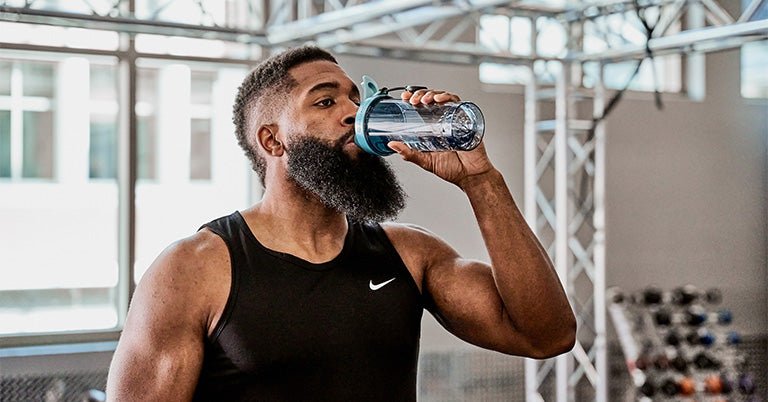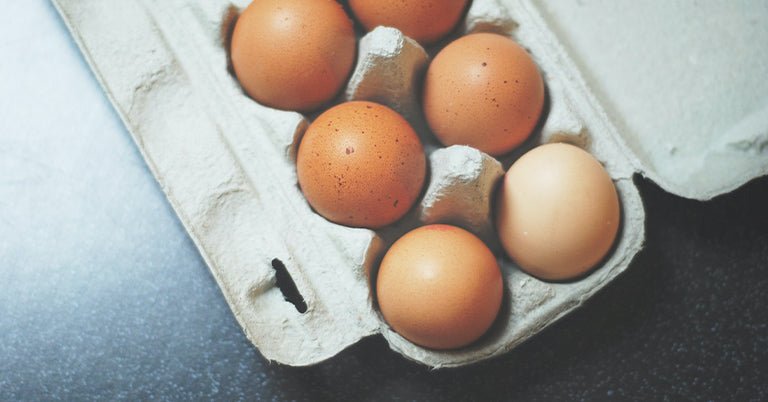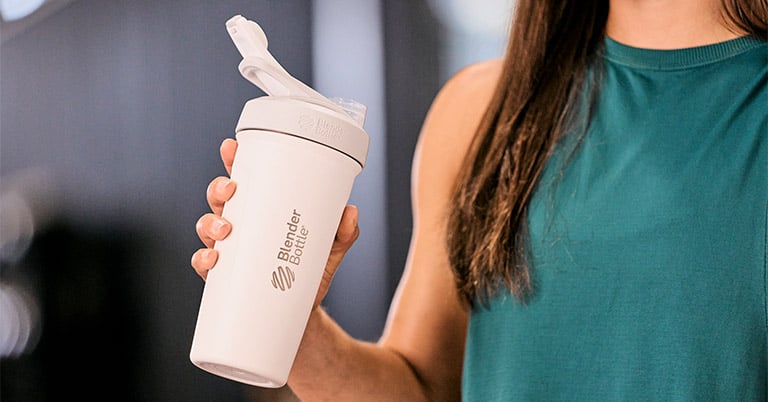Does exercise leave you feeling fatigued, irritable, and a little weak? If so, it's possible that you're not getting enough electrolytes.
Understanding these essential minerals and how to replenish them.
The more active we are, the more we need to restore our bodies' reserves. We sweat out water and electrolytes during prolonged exercise, so it's critical that we replenish these nutrients.
In this post we're going to talk about how to replenish electrolytes. We'll give you an understanding of why electrolytes are important, where to get them, and how to get as much as you need.
What Are Electrolytes?
An electrolyte is any substance that produces ions when dissolved in water. Ions are positively or negatively charged atoms or molecules, and they have the ability to conduct electricity through the solution produced by the electrolyte and water.
This means that electrolytes get broken down in the body and help conduct electrical signals. This is important, considering most of the processes that take place in our bodies require electricity.
A neuron firing, a sensation moving its way through your nervous system, the clenching of a muscle, and the automatic process of breathing all require electricity in order to happen.
How Electrolytes Help You Function
The cells in our bodies have what are called ion channels. These channels allow both water and ion molecules to flow through them.
Ion channels regulate the charges through cells. Ions move through the channels, allowing water to move to the side of the channel with the largest positive charge.
When you lack adequate electrolytes, the electrical activity in your body doesn't function as it should, which can derail your performance and lead to further problems later on. This is why replenishing electrolytes is vital.
Tips on Maintaining Electrolytes During Exercise
The first thing to do is ensure that you're getting enough nutrients before you head to the gym. Eat healthy meals in advance of your workouts and don't wait until the evening to get the bulk of those nutrients.
Then, be sure to drink plenty of fluids before, during, and after exercise.
Even if you're not particularly thirsty, make sure that you stay well hydrated. Doing so reduces the strain put on your circulatory and muscular systems. You'll maintain more electrolytes if you avoid dehydration.
Avoid caffeine before tackling a big workout as well. It's okay to have a coffee in the morning if you're planning to work out that day, but consider cutting back if you intend to run a marathon.
Caffeine is a diuretic, which means it can lead to dehydration and cramping in extreme circumstances. Diuretics increase the frequency of urination and cause you to pass important electrolytes like sodium before they get the chance to help your body.
How to Replenish Electrolytes
Essentially, electrolytes are common salts. The most common electrolyte in most diets is sodium chloride, which is standard table salt. Beyond that, phosphate, calcium, magnesium, potassium, chloride, and sodium are all common electrolytes.
We get most of these substances through our diets. A healthy diet should provide more than enough electrolytes for the average person to go about their day.
Leafy greens, fruits, vegetables, nuts, and seeds are all great sources of natural electrolytes. If you find that you're feeling off, dehydrated, or simply not functioning the way you think you should, your diet is the first place you should look.
If workouts are a part of your daily routine especially those that last 45 minutes or longer, where you sweat a lot you're wise to add an electrolyte supplement (such as a sports drink) to your hydration plan.
Dietary Staples
Do your best to incorporate whole grains, fruits, vegetables, nuts, seeds, leafy greens, and natural proteins. If you're not interested in eating meat, there are plenty of essential proteins in the other categories.
Another thing to keep in mind is that you should shift your portion sizes in favor of plants. Michael Pollan, a popular dietary scientist, says that a simple plan of action is to "eat food. Not too much. Mostly plants."
By "food," he means that you should aim to eat and drink things that come from the earth as often as possible. When you make that shift, you'll have the essential electrolytes your body needs to be at its best.
Great On-the-Go Options
Using the foods mentioned above, you can blend critical nutrients into a drink if you don't have time to sit down for a meal.
Pack a nutrient-dense smoothie in a BlenderBottle shaker when you head to the gym or to the office or while running errands in order to get the electrolytes you need and have them on hand when you need a boost. Your body will thank you, and the results you'll get from natural nutrients will be impactful.
Again, if you're running or cycling long distances, or performing in a high-intensity competition, you should consider taking in additional electrolytes through a sports drink.
Daily Recommended Values
There are several electrolytes that help with hydration, but you don't need to focus on each one individually. Rather, look to get appropriate amounts of sodium, chloride, and potassium. A healthy diet should account for the rest.
The daily recommended value for sodium is 500 milligrams. You can often get this by adding vegetable juice to your smoothies.
For chloride, the recommended value is 750 milligrams. Foods like celery, lettuce, and tomatoes are great sources of chloride.
Finally, look to intake 2,000 milligrams of potassium each day. Leafy greens, dairy products, bananas, and avocadoes are all great sources of potassium.
As you can see, there are plenty of smoothie-friendly foods that can help ensure you get the recommended daily values of all the key electrolytes.
Need More Nutritional Insights?
Hopefully, you have a better idea of how to replenish electrolytes and why they are important after reading the information above. There's still plenty more to learn if you want to stay on top of your health, and we're here to help.
Explore our site for additional ideas for portable nutrition, exercise tips, wellness inspiration, and a whole lot more.
This page offers health, fitness and/or nutritional information and is designed for educational purposes only. You should not rely on this information as a substitute for, nor does it replace professional medical advice, diagnosis, or treatment. If you have any concerns or questions about your health, you should always consult with a physician or other healthcare professional. Do not disregard, avoid or delay obtaining medical or health-related advice from your healthcare professional because of something you may have seen or read on this page. The use of any information provided on this page is solely at your own risk






Leave a comment
All comments are moderated before being published.
This site is protected by reCAPTCHA and the Google Privacy Policy and Terms of Service apply.